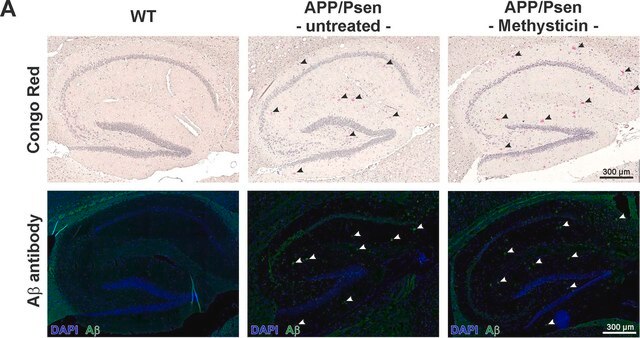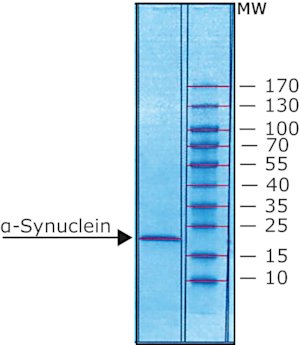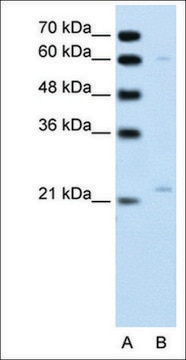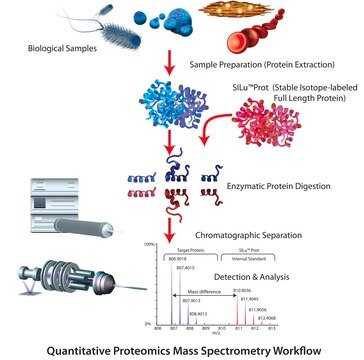ABT17
Anti-RGS4 Antibody
serum, from rabbit
Synonym(s):
regulator of G-protein signaling 4, regulator of G-protein signalling 4, schizophrenia disorder 9
Sign Into View Organizational & Contract Pricing
All Photos(2)
About This Item
UNSPSC Code:
12352203
eCl@ss:
32160702
NACRES:
NA.41
Recommended Products
biological source
rabbit
Quality Level
antibody form
serum
antibody product type
primary antibodies
clone
polyclonal
species reactivity
rat
technique(s)
western blot: suitable
isotype
IgG
NCBI accession no.
UniProt accession no.
shipped in
wet ice
target post-translational modification
unmodified
Gene Information
human ... RGS4(5999)
General description
Regulator of G-protein signaling 4 (RGS4) is a GTPase activating protein belonging to the RGS family. This is a group of proteins known to act as GTPase activating proteins (GAPs), in order to regulate G protein signaling. RGS4 is highly expressed throughout the brain with highest expression observed in the prefrontal cortex, and some expression found in peripheral tissues such as the heart. RGS4 acts as a signal transduction inhibitor by inactivating G protein alpha subunits through the increase of their GTPase activity. Also, RGS4 serves to enhance Gi/o and Gq/11 protein GTPase activity and to expedite the conclusion of GPCR signaling. Various studies indicate a potential role for RGS4 in the regulation of various neurotransmitter systems, including those with putative involvement in schizophrenia. Mutations in the RGS4 gene lead to a lower presence of RGS4, linked to both Schizophrenia and Alzheimer’s symptoms.
Immunogen
Recombinant protein corresponding to rat RGS4.
Application
Detect RGS4 using this Anti-RGS4 Antibody validated for use in WB.
Research Category
Cell Structure
Signaling
Cell Structure
Signaling
Research Sub Category
Cytoskeletal Signaling
G-proteins
Cytoskeletal Signaling
G-proteins
Western Blot Analysis: 1:1,000 dilution from a representative lot detected RGS4 on 10 µg of recombinant RGS4.
Quality
Evaluated by Western Blot in PC12 cell lysate.
Western Blot Analysis: 1:1000 dilution of the antibody detected RGS4 in 10 µg of PC12 cell lysate.
Western Blot Analysis: 1:1000 dilution of the antibody detected RGS4 in 10 µg of PC12 cell lysate.
Target description
~ 23 kDa MW observed. A non-specific band appears at ~ 12 kDa
Physical form
Rabbit polyclonal serum containing 0.05% sodium azide.
Unpurified
Storage and Stability
Stable for 1 year at -20°C from date of receipt.
Handling Recommendations: Upon receipt and prior to removing the cap, centrifuge the vial and gently mix the solution. Aliquot into microcentrifuge tubes and store at -20°C. Avoid repeated freeze/thaw cycles, which may damage IgG and affect product performance.
Handling Recommendations: Upon receipt and prior to removing the cap, centrifuge the vial and gently mix the solution. Aliquot into microcentrifuge tubes and store at -20°C. Avoid repeated freeze/thaw cycles, which may damage IgG and affect product performance.
Analysis Note
Control
PC12 cell lysate
PC12 cell lysate
Disclaimer
Unless otherwise stated in our catalog or other company documentation accompanying the product(s), our products are intended for research use only and are not to be used for any other purpose, which includes but is not limited to, unauthorized commercial uses, in vitro diagnostic uses, ex vivo or in vivo therapeutic uses or any type of consumption or application to humans or animals.
Not finding the right product?
Try our Product Selector Tool.
wgk_germany
WGK 1
Certificates of Analysis (COA)
Search for Certificates of Analysis (COA) by entering the products Lot/Batch Number. Lot and Batch Numbers can be found on a product’s label following the words ‘Lot’ or ‘Batch’.
Already Own This Product?
Find documentation for the products that you have recently purchased in the Document Library.
Differentially regulated expression of endogenous RGS4 and RGS7.
Krumins, Andrejs M, et al.
The Journal of Biological Chemistry, 279, 2593-2599 (2004)
Michael Michaelides et al.
Molecular psychiatry, 25(9), 2058-2069 (2018-06-30)
Consumption of high fat, high sugar (western) diets is a major contributor to the current high levels of obesity. Here, we used a multidisciplinary approach to gain insight into the molecular mechanisms underlying susceptibility to diet-induced obesity (DIO). Using positron
Our team of scientists has experience in all areas of research including Life Science, Material Science, Chemical Synthesis, Chromatography, Analytical and many others.
Contact Technical Service





